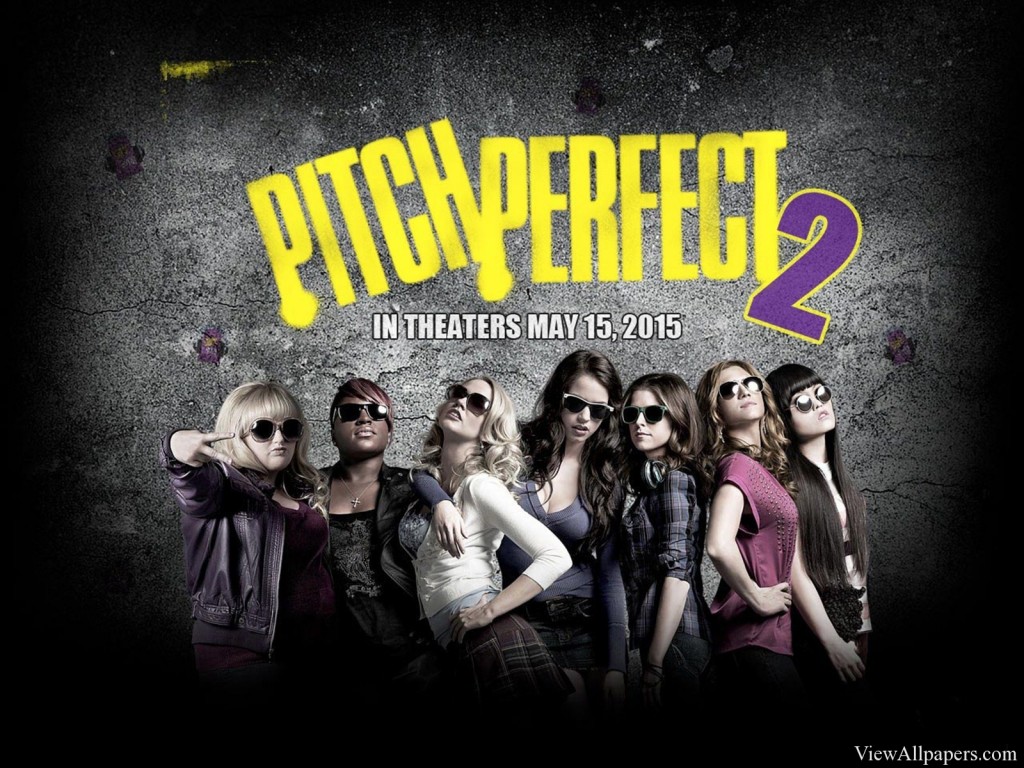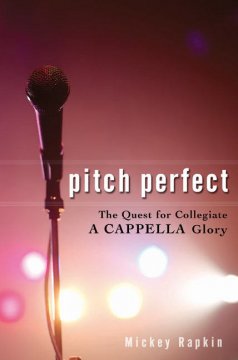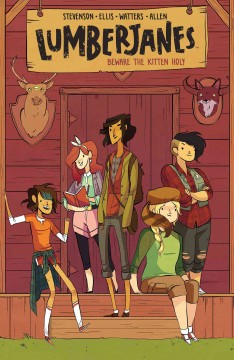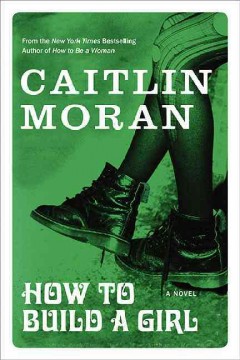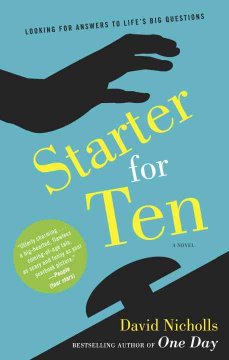On the off chance you hadn’t heard, there’s a new Jurassic Park movie out this week…on my way to the library yesterday, I heard a radio add for Jurassic World while driving by a billboard advertisement for Jurassic World, while driving behind a bus that had a Jurassic World ad on its side, so I think I am fairly safe in assuming you have heard of this movie…
And don’t get me wrong…I have no doubt that Jurassic World is indeed a terrific movie. But there are also a number of other terrific films out there this summer, and a surprising number are based on terrific books. Plus, movie theaters are among some of the most air-conditioned places in the entire world, so for me, there is nothing like spending a ridiculously hot summer day in the frigid atmosphere of a movie theater, gleefully fighting off frostbite. And as the days are apparently growing steadily warmer, I thought we might take a look as some adaptations that are garnering positive reviews.
We’ve already discussed Far from the Madding Crowd and Testament of Youth, both seminal works of fiction–and stellar movies, which is a rare feat, indeed. But here are some other ideas for you to check out, both in the theaters, and here at the library:
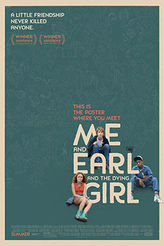 Me and Earl and the Dying Girl: Though the title alone calls to mind comparisons to John Green’s The Fault in Our Stars, Jesse Andrew’s book is a stand-alone hit that captures all the painfully self-conscious, self-questioning self-loathing of adolescence in a way that is both funny and heartwrench, and totally, utterly unique. The title gives a fair bit of the plot away–seventeen-year-old Greg, who is painfully awkward is a rather endearing way, has an unlikely friend in the chain-smoking Earl, but it is his friendship with Rachel (the ‘Dying Girl’ of the title, who has been diagnosed with acute myelogenous leukemia), forced on him by his mother, that changes them all for the better. Greg and Earl’s film spoofs are priceless pieces of arch comedy in and of themselves that are sure to translate well to the screen. Released this week, the film version of Me and Earl and the Dying Girl, starring Thomas Mann, is already amassing rave reviews. You can watch the trailer here.
Me and Earl and the Dying Girl: Though the title alone calls to mind comparisons to John Green’s The Fault in Our Stars, Jesse Andrew’s book is a stand-alone hit that captures all the painfully self-conscious, self-questioning self-loathing of adolescence in a way that is both funny and heartwrench, and totally, utterly unique. The title gives a fair bit of the plot away–seventeen-year-old Greg, who is painfully awkward is a rather endearing way, has an unlikely friend in the chain-smoking Earl, but it is his friendship with Rachel (the ‘Dying Girl’ of the title, who has been diagnosed with acute myelogenous leukemia), forced on him by his mother, that changes them all for the better. Greg and Earl’s film spoofs are priceless pieces of arch comedy in and of themselves that are sure to translate well to the screen. Released this week, the film version of Me and Earl and the Dying Girl, starring Thomas Mann, is already amassing rave reviews. You can watch the trailer here.
 Madame Bovary: Ok, I agree, this is not an adaptation based on a contemporary book. But I was so surprised to hear that there is an adaptation being made of this enormous, emotional epic that I had to list it here. Mia Wasikowska has been making a number of literary films of late, from Jane Eyre to the re-invention of Alice in Wonderland, but none of these heroine are like Emma Bovary, who attempts to escape her monotonous, suffocating society life by having extramarital affairs and living well beyond her financial means. Gustave Flaubert’s debut novel, published in serial form over the source of 1856 caused an utter scandal in Parisian society, even being attacked by public prosecutors for obscenity. But since then, Madame Bovary has been established as one of the best–if not the best–novels ever written. With its hidden patterns and intricate characterizations that would inspire writers from Tolstoy to Henry James, Emma Bovary’s story is not one that will be easy to take to the big screen, but the payoff could be enormous. You can watch the trailer here, and judge for yourself.
Madame Bovary: Ok, I agree, this is not an adaptation based on a contemporary book. But I was so surprised to hear that there is an adaptation being made of this enormous, emotional epic that I had to list it here. Mia Wasikowska has been making a number of literary films of late, from Jane Eyre to the re-invention of Alice in Wonderland, but none of these heroine are like Emma Bovary, who attempts to escape her monotonous, suffocating society life by having extramarital affairs and living well beyond her financial means. Gustave Flaubert’s debut novel, published in serial form over the source of 1856 caused an utter scandal in Parisian society, even being attacked by public prosecutors for obscenity. But since then, Madame Bovary has been established as one of the best–if not the best–novels ever written. With its hidden patterns and intricate characterizations that would inspire writers from Tolstoy to Henry James, Emma Bovary’s story is not one that will be easy to take to the big screen, but the payoff could be enormous. You can watch the trailer here, and judge for yourself.
 Set Fire to the Stars: This is another cheat, as it’s not strictly a literary adaptation, but this film sounded so fascinating I add had to add it here. Based on a series of actual events, this film is based on the memoir by Professor John Malcolm Brinnin, about his friend (and occasional tormenter) Dylan Thomas. Brinnin facilitated several of Dylan Thomas’ speaking tours, including the tour on which he died in 1953. This story, however, is of Dylan’s first visit to Manhattan, and while his final tour might have provided the fodder for some higher drama, this film is garnering some very positive reviews for its cinematography (which harnesses all the dramatic potential of black-and-white, as you can see here), as well as the performances of Celyn Jones as Thomas, and Elijah Wood as Brinnin. Shirley Henderson also has a supporting role as Shirley Jackson, author of The Lottery, who was apparently one of Brinnin’s neighbors. Those interested in Thomas’ experiences in the U.S. can check out Brinnin’s memoir, Dylan Thomas in America, as well as the work of Dylan, himself, from his Short Stories to his Poetry, as well as his Letters–and even a sound recording of him reading ‘A Visit To America’, which is seriously incredible. For a little extra treat, here is an recording of actual Dylan Thomas actually reading ‘Do Not Go Gentle Into That Good Night’. Just to start your day off on an upbeat note.
Set Fire to the Stars: This is another cheat, as it’s not strictly a literary adaptation, but this film sounded so fascinating I add had to add it here. Based on a series of actual events, this film is based on the memoir by Professor John Malcolm Brinnin, about his friend (and occasional tormenter) Dylan Thomas. Brinnin facilitated several of Dylan Thomas’ speaking tours, including the tour on which he died in 1953. This story, however, is of Dylan’s first visit to Manhattan, and while his final tour might have provided the fodder for some higher drama, this film is garnering some very positive reviews for its cinematography (which harnesses all the dramatic potential of black-and-white, as you can see here), as well as the performances of Celyn Jones as Thomas, and Elijah Wood as Brinnin. Shirley Henderson also has a supporting role as Shirley Jackson, author of The Lottery, who was apparently one of Brinnin’s neighbors. Those interested in Thomas’ experiences in the U.S. can check out Brinnin’s memoir, Dylan Thomas in America, as well as the work of Dylan, himself, from his Short Stories to his Poetry, as well as his Letters–and even a sound recording of him reading ‘A Visit To America’, which is seriously incredible. For a little extra treat, here is an recording of actual Dylan Thomas actually reading ‘Do Not Go Gentle Into That Good Night’. Just to start your day off on an upbeat note.
So there you have it, beloved patrons–enjoy some popcorn for me, and let us know what films tickled your fancy, as well!

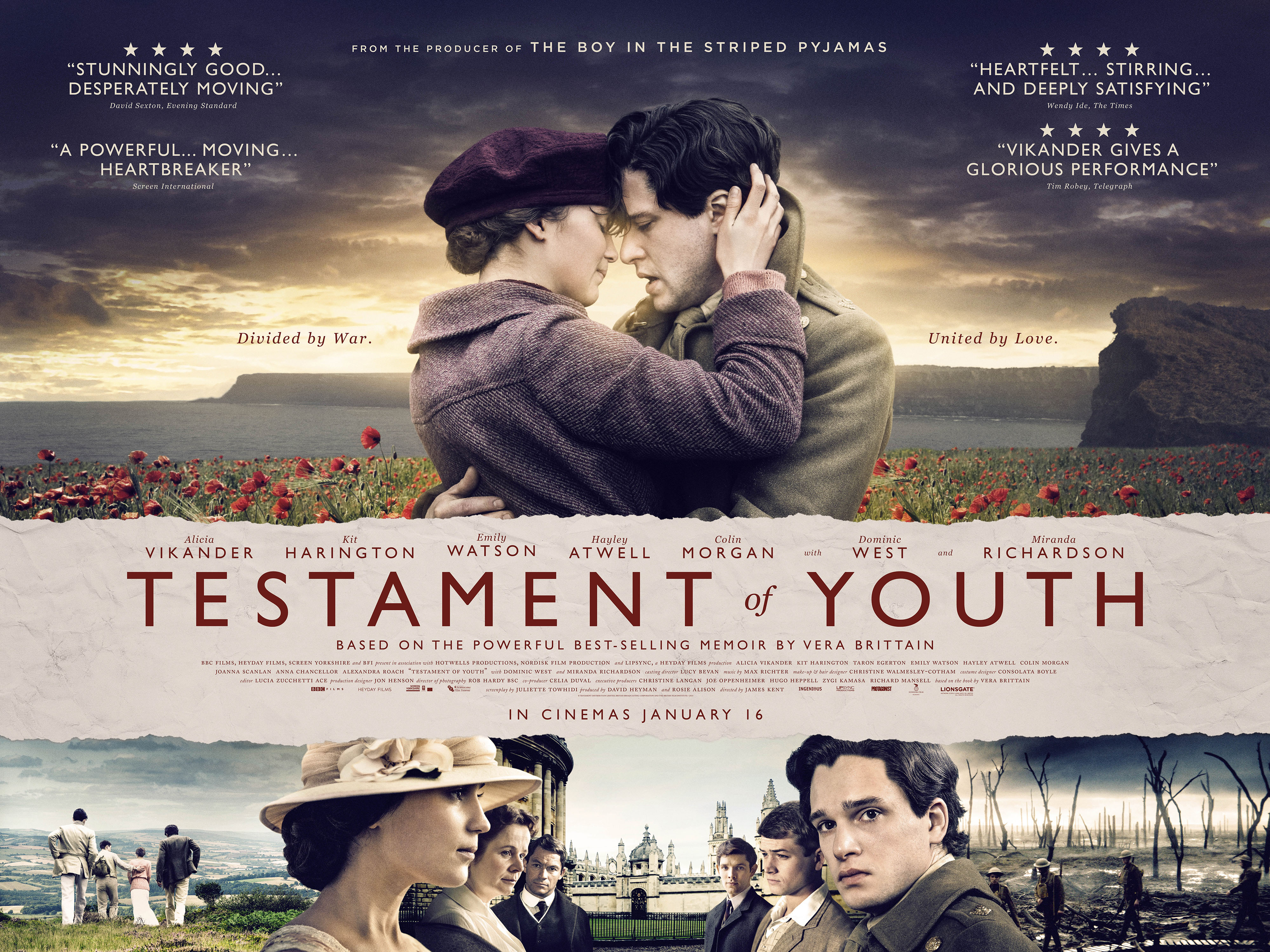
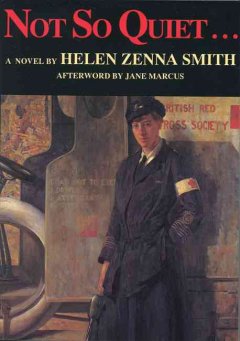
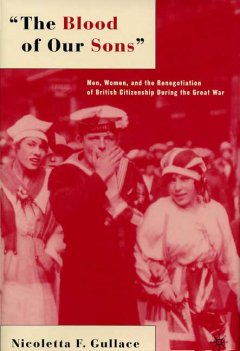


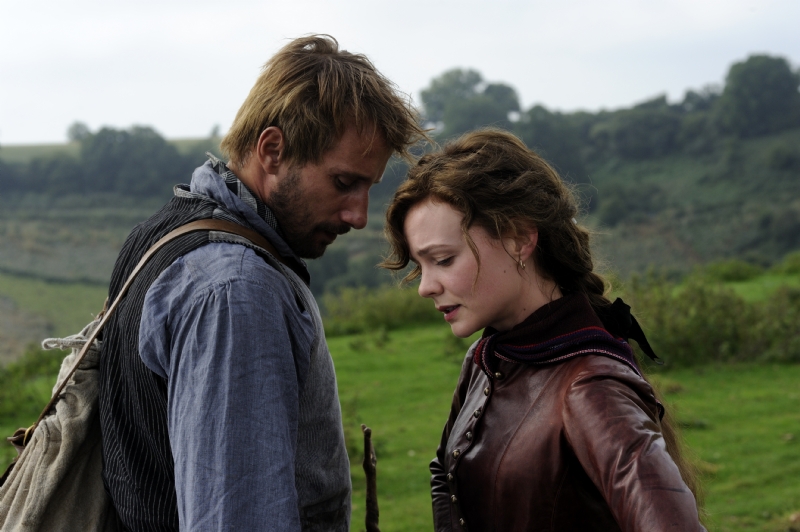
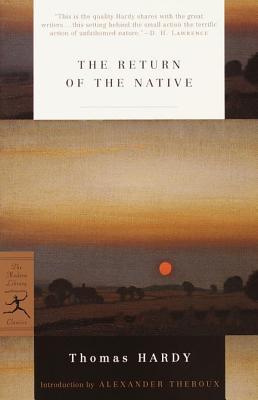
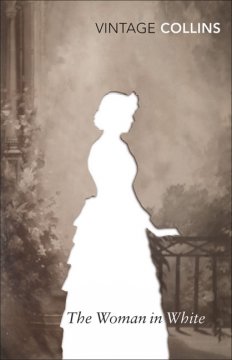
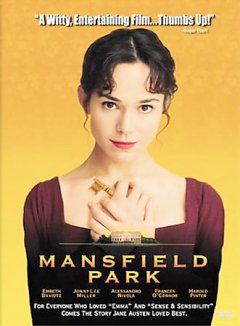
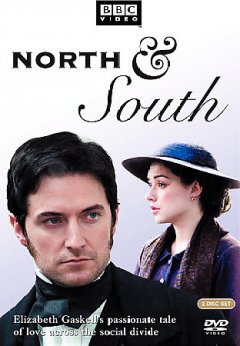
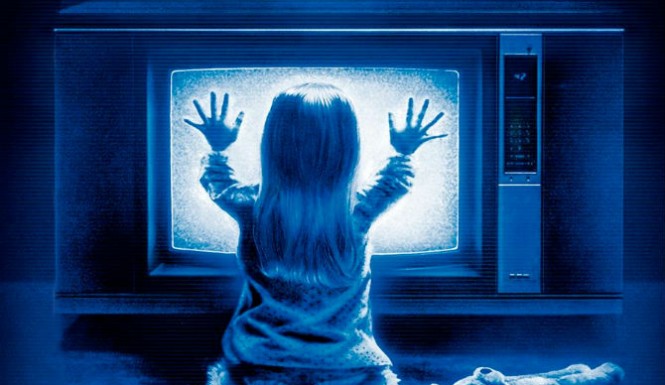
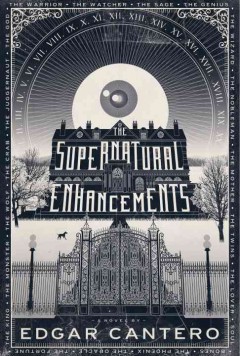
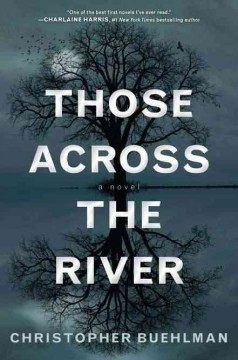
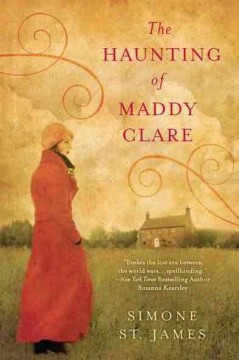 The Haunting of Maddie Claire
The Haunting of Maddie Claire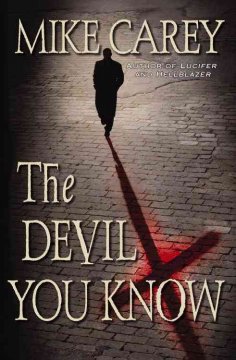 The Devil You Know
The Devil You Know